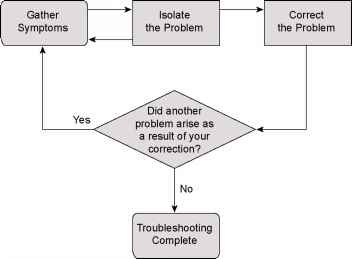In CODE 120 we are looking at wicked problems. we will be looking at these problems with the viewpoint of reparative justice. As we are partnering with the Missouri botanical gardens in Saint Louis to uncover these wicked problems. Wicked problems are all around us, but we are going to be focusing on the ones that hit home to our communities.

What is a wicked problem? A wicked problem is defined as a problem that is difficult and near impossible to solve due to complex requirements. There is a set of wicked problem definitions and qualities. These definitions are unique, urgent, no solution, irreversible, vague problem definition and no endpoint. These definitions can be pertained to the history and past of Henry Shaw, and the Herbarium of the gardens.

The herbarium is hard to fund, which makes it have no endpoint. The never-ending loop of a vague problem definition. As we were driving to the gardens, and walking through the gardens, I noticed many signs about Henry Shaw, as if they were praising him. many people do not know who he truly was or what he really did in his past. So, this makes the problem very vague. The botanical garden has a very vague problem definition. which might make it hard for us right now to come up with a solution. And with that it leads to a NO ENDPOINT. As we study the botanical gardens more, the problems will unravel, like an onion. Many people think wicked problems are irreversible. Though it may seem that it is difficult at first no problem will be easy or quick to fix. At first look it might be very intimidating, but if we dissect and breakdown the big problems into smaller problems it would help us solve them. This helps looking at the problems with a different Lense or viewpoint. I believe the problems of the botanical gardens are not IRREVERSABLE. It is very possible for us to come up with some possible solutions. Which this might make it very complicated to reverse, but with time and energy focused on the problem we can reverse the problem and hopefully put the past behind us. In my opinion people betray Henry Shaw as a leader and a hero. But is he? While the garden is beautiful on the outside, it is rooted in racism and hatred. People are blinded and ignorant by what is portrayed of Henry Shaw by the public. The public shows a peaceful garden, but many people have no clue what these plants symbolizes and what effects they have on other cultures as well. The public is totally in the dark about the information behind the Botanical Gardens. Though the public might not want to hear about the problems, but it’s part of history and an important part of St Louis. There are systems we can use to slowly go through the process of rebuilding what people perceive the gardens as.

In the herbarium prioritizing western science is very important to the botanists. This idea that western science is better than any other sciences is very problematic. It is problematic because the cultures that have used these plants before are very important, but the garden tends to disregard them. This process is called ‘binomial nomenclature’. Created by a man named Carl Linnaeus. This causes a bias to where western science is better than the science of all these different cultures. The accessibility in the gardens is not fair. There’s a certain type of privilege in botonny. Mostly white men work as botanist. In the early times around the 1800’s botonny was a sense of having power and being wealthy. The gardens at MOBOT have thousands and thousands of different plant species, some even endangered. The plants come from different backgrounds and mean different things to different cultures but what do they mean? What significance do they have to other cultures? What do these plants mean to other cultures? Where do these plants come from? How do they effect people? What are they used for? these are some questions that I have personally about the gardens. These are urgent problems, that cannot go Un regarded. The people who did not have a voice back then, we can now give them a voice and stand up for what is right. Planning is a very good way to respond to these problems. We cannot just jump into the problems headfirst. The definition of the planning problem was given by Rittle and Webber in their article (dilemmas in a Theory of Planning). This article was posted in 1973 but has a very clear statement about planning. Every wicked problem is U